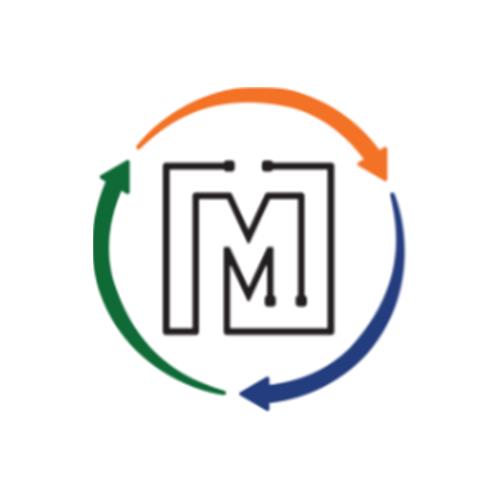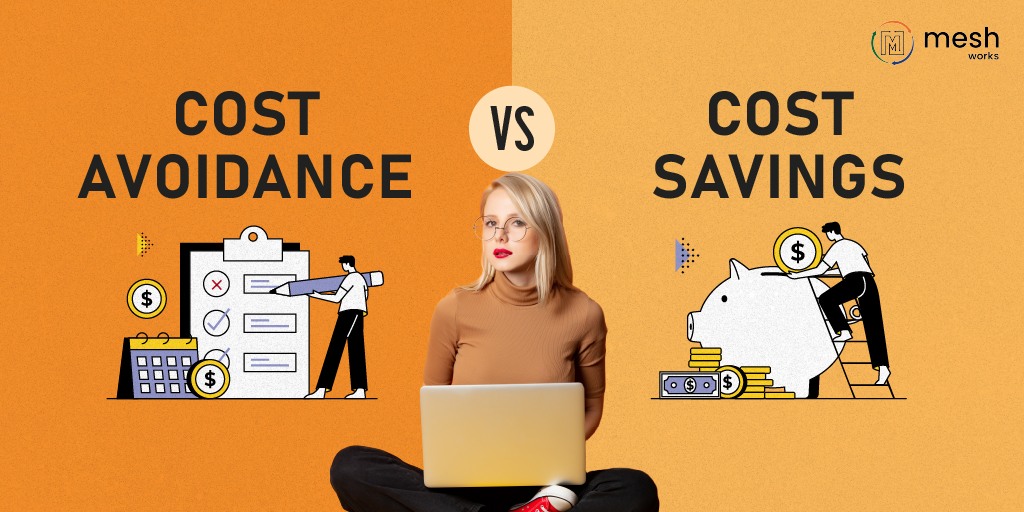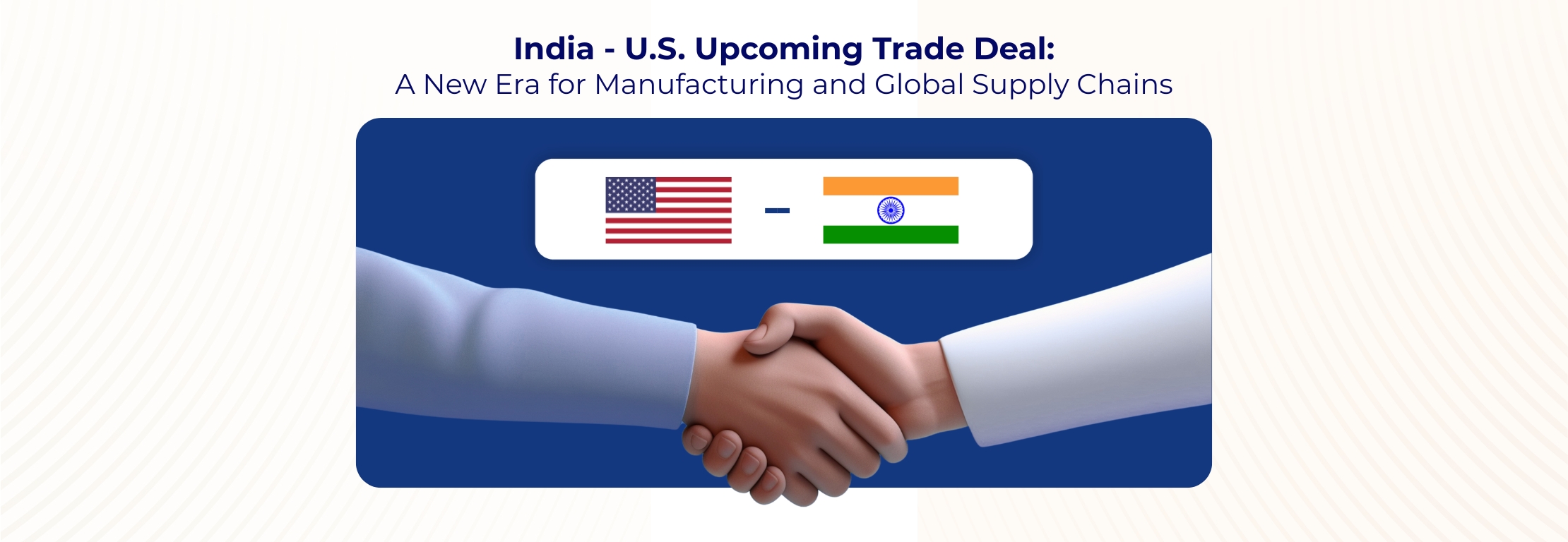In today’s volatile supply chain environment, procurement teams are under constant pressure to reduce costs. But not all cost control strategies are created equal. While cost savings tends to steal the spotlight — often measured, reported, and rewarded — cost avoidance plays a quieter, more strategic role in shaping long-term resilience and predictability.
If you’re responsible for sourcing, purchasing, or supply chain operations, understanding the difference between these two concepts isn’t just academic — it can help you make smarter decisions, justify investments, and drive more value for your business.
Cost Savings: Measurable Reductions in Spend
Cost savings is what most people think of when they hear “procurement performance.” It refers to the direct, measurable reduction in spend — usually when you pay less for something than you did before.
Common examples of cost savings:
Negotiating a lower price with a supplier
Switching to a lower-cost vendor or region
Running a reverse auction to drive competitive pricing (something platforms like MESH enable for component sourcing)
Consolidating spend across suppliers to unlock volume discounts
Cost savings is tangible and easy to track, which makes it a key metric in procurement scorecards. It’s also where many digital sourcing tools focus their value proposition — helping teams find the best possible price in less time.
But while cost savings are essential, they have limitations. You can only cut so much before hitting diminishing returns or risking supplier quality and reliability. That’s where cost avoidance comes into play.
Cost Avoidance: Preventing Future Costs Before They Happen
Cost avoidance is more strategic — and often overlooked. It refers to proactive decisions that prevent costs from being incurred in the first place, even if those costs never show up on a budget line.
Unlike cost savings, avoidance isn’t always easy to measure. It often requires modeling “what could have happened” and comparing it to what didn’t happen — which can make it harder to sell internally. But that doesn’t make it any less important.
A real-world example:
Imagine a manufacturer relying on just-in-time (JIT) deliveries to keep inventory lean. It works — until a supplier delay forces them to air freight components at the last minute. The result? Thousands of dollars in unexpected, variable costs.
Now, suppose that same manufacturer instead decides to pay for local warehousing services to keep buffer stock on hand. It’s a fixed cost, but it removes the risk — and the potential cost — of emergency air shipments.
That’s cost avoidance: spending strategically today to eliminate bigger, unpredictable costs down the line.
Why Procurement Needs Both
Procurement leaders shouldn’t think of cost savings and cost avoidance as either/or. They’re complementary strategies — and the most effective teams know how to balance both.
Cost savings delivers immediate impact and is easier to report on. It’s great for showing quarterly results and driving short-term wins.
Cost avoidance requires a longer-term mindset. It’s about anticipating risks, understanding total cost of ownership, and making smarter investments upfront.
Focusing only on savings can create blind spots. For example, if you always choose the lowest bidder without evaluating reliability, logistics, or lead time, you may save money upfront but incur bigger costs later due to delays or quality issues.
4 Ways to Apply This Thinking in Your Organization
Here are a few ways procurement and supply chain teams can put cost avoidance and cost savings into practice:
Track and report both
Make sure you’re recognizing strategic decisions that prevent costs — even if they don’t show up in traditional savings reports. Tie them to business outcomes like reduced downtime, improved service levels, or lower logistics risk.
Use digital tools to drive cost savings
Platforms like Workday, Jaggaer & MESH Works make it easy to run reverse auctions, bringing transparency and speed to your sourcing process. If your priority is to reduce component or part costs, this is a practical place to start.
Model trade-offs with cross-functional input
Work with logistics, operations, and finance to evaluate decisions through a total cost lens. For example, compare the cost of warehousing vs. the cost of JIT + air freight + missed orders.
Build a culture of proactive decision-making
Educate stakeholders on the value of avoiding future costs — not just cutting existing ones. Encourage teams to surface ideas that improve stability, even if they come with upfront investments.
Final Thoughts
Cost savings is critical — and tools like MESH can help procurement teams achieve it faster and more efficiently. But if you want to build a more resilient, agile supply chain, you also need to think beyond the numbers.
By understanding and applying both cost avoidance and cost savings strategies, procurement leaders can unlock more value, reduce risk, and build stronger supplier relationships over time.
Every supply chain is unique. Talk to our experts to explore how MESH Works can help your procurement team cut costs and avoid risks. Contact us.
Already sourcing with MESH? Log in to run your next reverse auction or explore cost-saving opportunities today.





